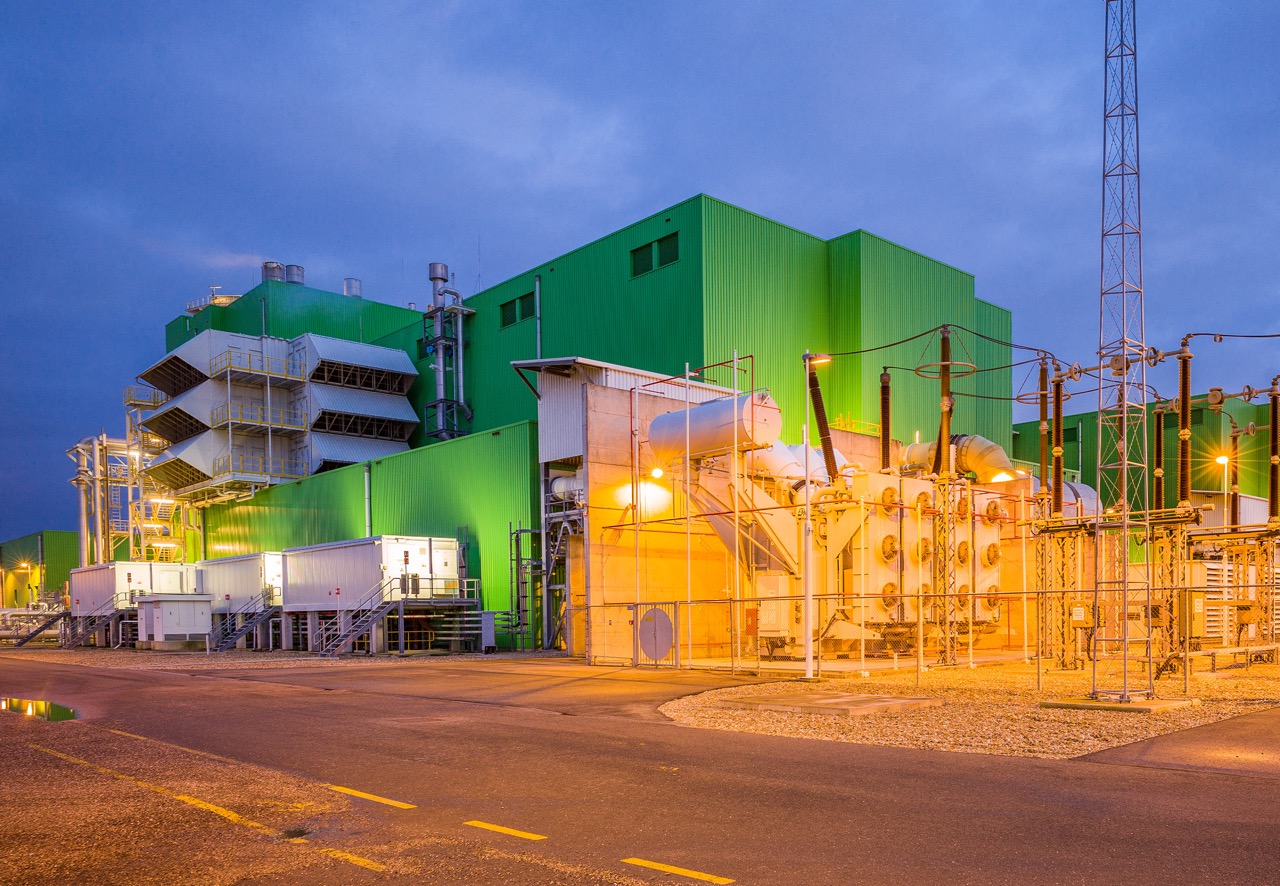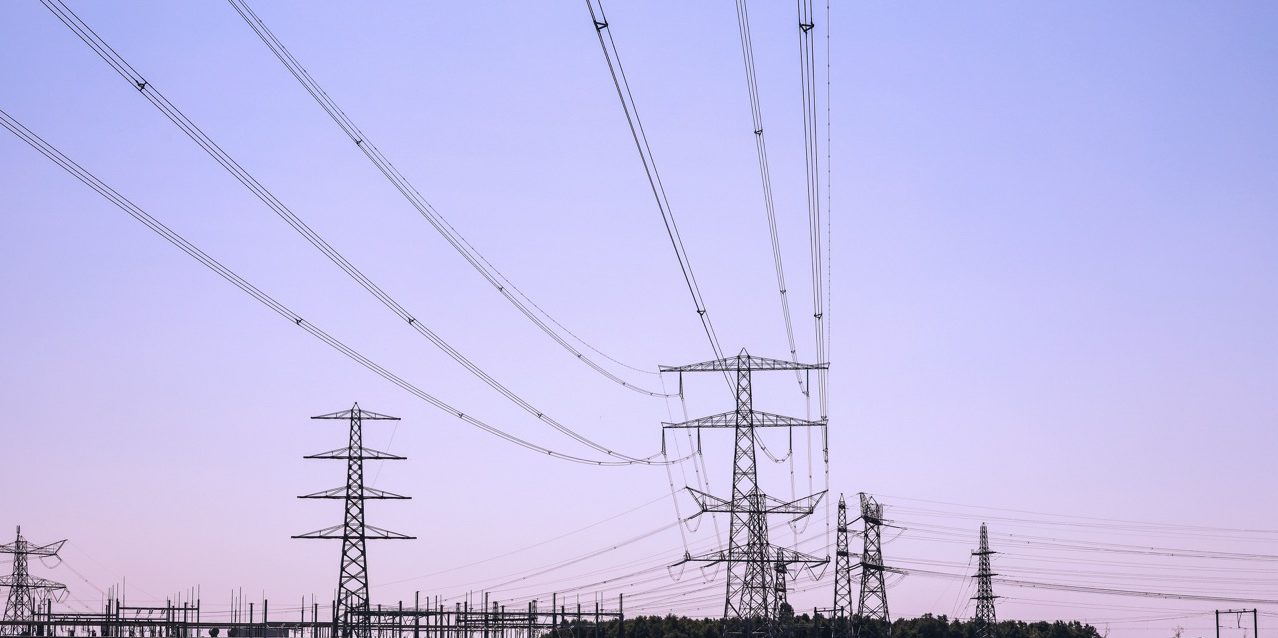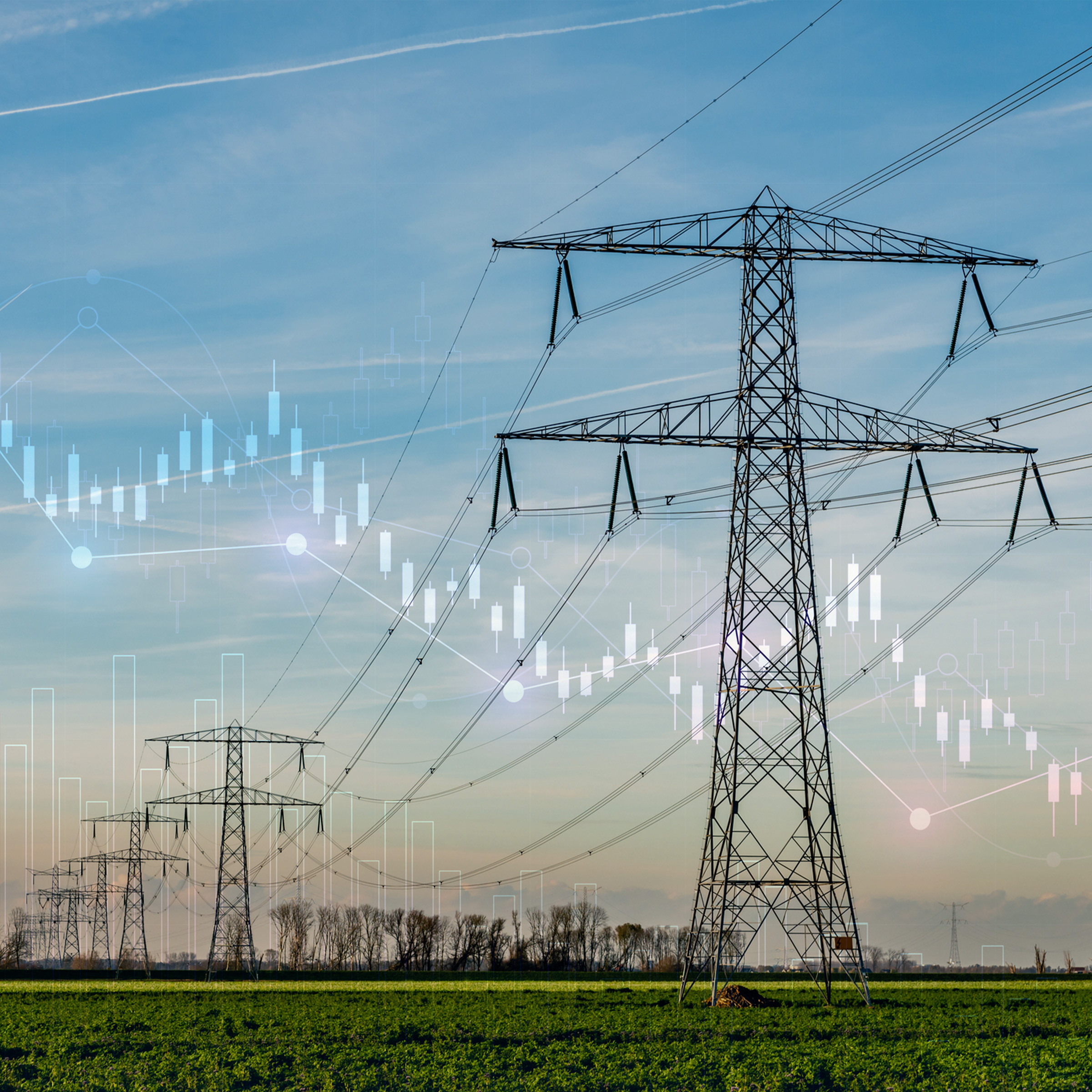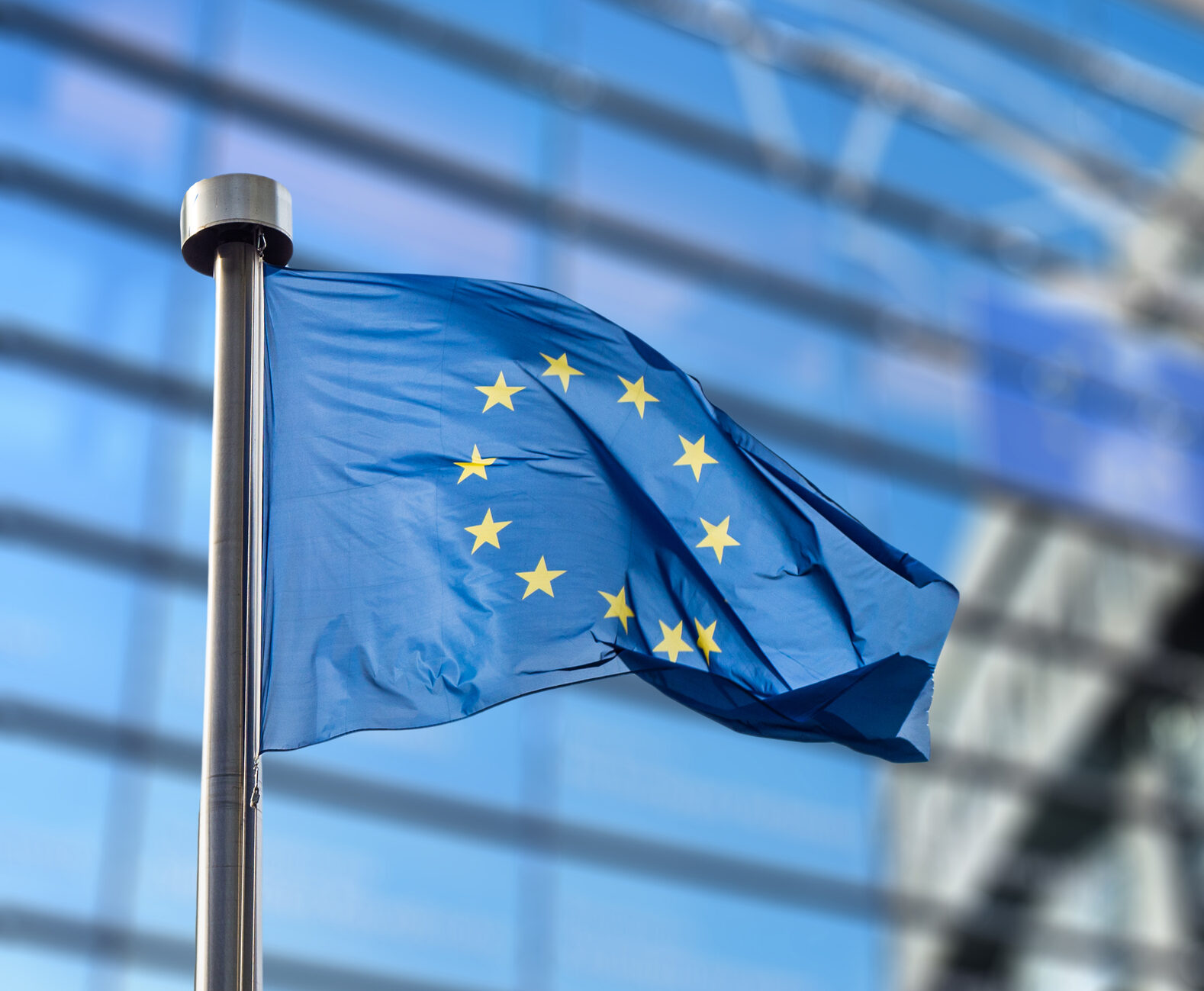EP NL will be a speaker at Energeia ENERGY DAY on November 10th in Utrecht. Read more.

What is a capacity market?
A capacity market is a segment of the electricity market in which providers of controllable capacity can receive compensation for making their capacity available. This is in addition to the income they generate by actually producing electricity.

How does a capacity market work in practice?
- A party, such as TenneT, determines how much capacity needs to be contracted.
- Market parties determine the compensation they want to keep capacity available and process this in a bid. This bid must cover the gap between the costs of having capacity operational and the expected income in the energy market. The parties with the lowest bids are accepted and commit to having capacity available and receive compensation for this.
- In a central model, there is only one buyer, usually the national grid operator. In the Netherlands, this is TenneT. In a decentralized model, suppliers and/or consumers are the buyers.
Why a capacity market?
Wind and solar are taking an increasingly larger share of Dutch electricity production, causing controllable gas plants to operate less. Because the supply and demand of electricity must be balanced at all times, gas plants play an important role in supply security. Especially during longer periods with little renewable production, batteries will be insufficient, and having flexible backup capacity is essential. Whether sufficient capacity will be available in the future is not sufficiently guaranteed in the current market model. It is too risky to invest in capacity that depends on income from moments of scarcity. This can lead to uncertainty in electricity supply and price spikes. The Netherlands already needs a capacity market for a sustainable, reliable, and affordable energy supply.
The benefits of a capacity market:
A capacity market ensures that there is enough capacity available to meet future demand, even during peak loads combined with limited solar and wind production.
Electrification is an important part of the energy transition and leads to reduced use of fossil fuels and lower emissions. This growth in electricity consumption must be reliably delivered. A capacity market ensures that this energy transition remains feasible.

EP NL is committed to a capacity market that ensures sufficient, controllable capacity remains available.
This ensures that:
This is essential for businesses and consumers and is also a crucial condition to enable electrification, and thus the energy transition.
“As an energy supplier, we take the lead in calling for a capacity market because we see it as our responsibility to contribute to an energy supply that is affordable, reliable, and sustainable. When announcing the possible closure of the Rijnmond power plant, we emphasized the importance of a capacity market. We see this as an essential building block for a future-proof energy system. We call on policymakers, regulators, and market players to take the lead with us and take targeted steps towards an effective capacity market, ” said Peter Černák, Chairman of the Board of EP NL & Martin Bartošovič, CEO of EP NL.
Less extreme price spikes during scarcity and fewer price variations. This means that market parties face less risk, making delivery rates for consumers more favorable.
The Netherlands becomes more self-sufficient and less dependent on foreign electricity.
Study confirms need for a central capacity market
A recent report by Compass Lexecon, presented to Minister Sophie Hermans on 9 September 2025, confirms that the introduction of a central capacity market is essential to safeguard electricity security of supply from 2030 onward. Without additional market mechanisms, the Netherlands risks facing power shortages in the coming years, especially during periods of low solar and wind production.

Action is necessary now
TenneT monitors the security of electricity supply and has found that security of supply is under pressure. TenneT indicates that from 2033 the security of supply will fall below the standard. EP NL believes, however, that problems with security of supply can occur even earlier, for example because gas-fired power plants have to close earlier. This is a real risk that TenneT also mentions. Demand for electricity may also start to rise faster. The recent European Monitor confirms that the situation is dire. Moreover, setting up and implementing a capacity market takes several years. Therefore, the design of a capacity market appropriate for the Dutch situation should be started as soon as possible.
Forms of capacity mechanisms
Two capacity mechanisms are applied within Europe:
- Strategic reserve: A certain amount of capacity is contracted by the national grid operator and can be used in emergencies. This capacity is kept outside the existing electricity market, causing extreme price spikes to occur more frequently
- Capacity market: All providers of controllable capacity can participate in the capacity market and remain active in the existing electricity market.
EP NL is in favour of a capacity market because the strategic reserve is not a structural solution to the problem that the current market model is too risky to keep regulatable capacity available for moments of shortage.

Frequent Asked Questions
-
Why would EP NL consider closing its Rijnmond 1 power plant?
EP NL has started planning for the decommissioning of the Rijnmond 1 power plant on March 31, 2026. If the market situation remains as expected, this date is certain. Plans for redevelopment of the site are still in full swing. At the same time, EP NL is prepared to invest in new, flexible solutions that contribute to a sustainable and reliable electricity supply.
If more power stations such as Rijnmond 1 are decommissioned, reliability will be jeopardized. It is normally cheaper to keep power stations such as Rijnmond 1 operational for longer by investing in life extension than to build new power stations. A capacity market is very suitable for preventing the closure of existing gas-fired power stations if those stations are necessary for security of supply.
Namely: The planned closure of Rijnmond 1 is therefore not dependent on any decision to introduce a capacity market.
-
Can wind and solar parks also participate in a capacity market?
Yes, in principle, no technologies should be excluded. It is likely that the capacity of wind and solar parks will be less or not available during periods of scarcity, and thus they will earn less revenue from a capacity market.
-
What is the role of batteries and demand response?
Batteries and demand response are freely deployable and not weather-dependent, playing an important role in balancing supply and demand. However, these forms of flexible capacity are less suitable for covering longer periods of high demand and low supply. The capacity of batteries and demand response must also be able to participate in a future capacity market as long as they have capacity available during periods of scarcity.
-
What is meant by controllable capacity?
Controllable capacity here means that the capacity is freely deployable and not dependent on factors such as the amount of wind and solar radiation. In this context, it does not refer to whether the capacity can be quickly adjusted up or down. The existing electricity market continues to provide incentives to invest in flexibility, such as quickly adjusting capacity to respond to price differences throughout the day.
-
Why is a capacity market important for the energy transition?
The energy transition requires a flexible and reliable system. The energy transition demands electrification. The use of electricity increases, reducing the use of fossil fuels and greenhouse gas emissions. This additional electricity demand must be reliably supplied. Meanwhile, the share of CO2-free electricity production increases. A central capacity market ensures that there is always sufficient backup capacity available and stimulates investments in flexible solutions such as batteries, hydrogen, or gas plants.
-
Which countries have already implemented a central capacity market?
Countries such as Belgium, the United Kingdom, and Italy have implemented a form of central capacity market. These countries demonstrate that the model works well to ensure supply security in a rapidly greening market. Germany is preparing a central capacity market. France currently has a decentralized capacity market, but it is not functioning adequately. Therefore, preparations are underway for a central capacity market.
-
How does a central capacity market contribute to lower costs?
Society benefits from a higher level of reliability, as well as from generally lower electricity prices. Additionally, due to more stable prices, there are fewer risks for market parties, such as suppliers, and thus fewer costs for risk coverage are passed on to consumers.
-
What benefits does a capacity market offer to market parties such as producers and suppliers?
Producers gain more certainty about future revenues, making investments more attractive. Suppliers can better prepare for future delivery obligations and have more control over costs and availability of capacity.
-
What is your vision for the establishment of a Dutch capacity market?
We believe that the Netherlands should opt for a central capacity market with clear direction, transparency, and a long-term vision. This provides investors with certainty, supporting a robust, sustainable, and affordable energy supply — now and in the future.
Want to know more about us?
Contact us via our contact page or find out more about our company on the about us page.

